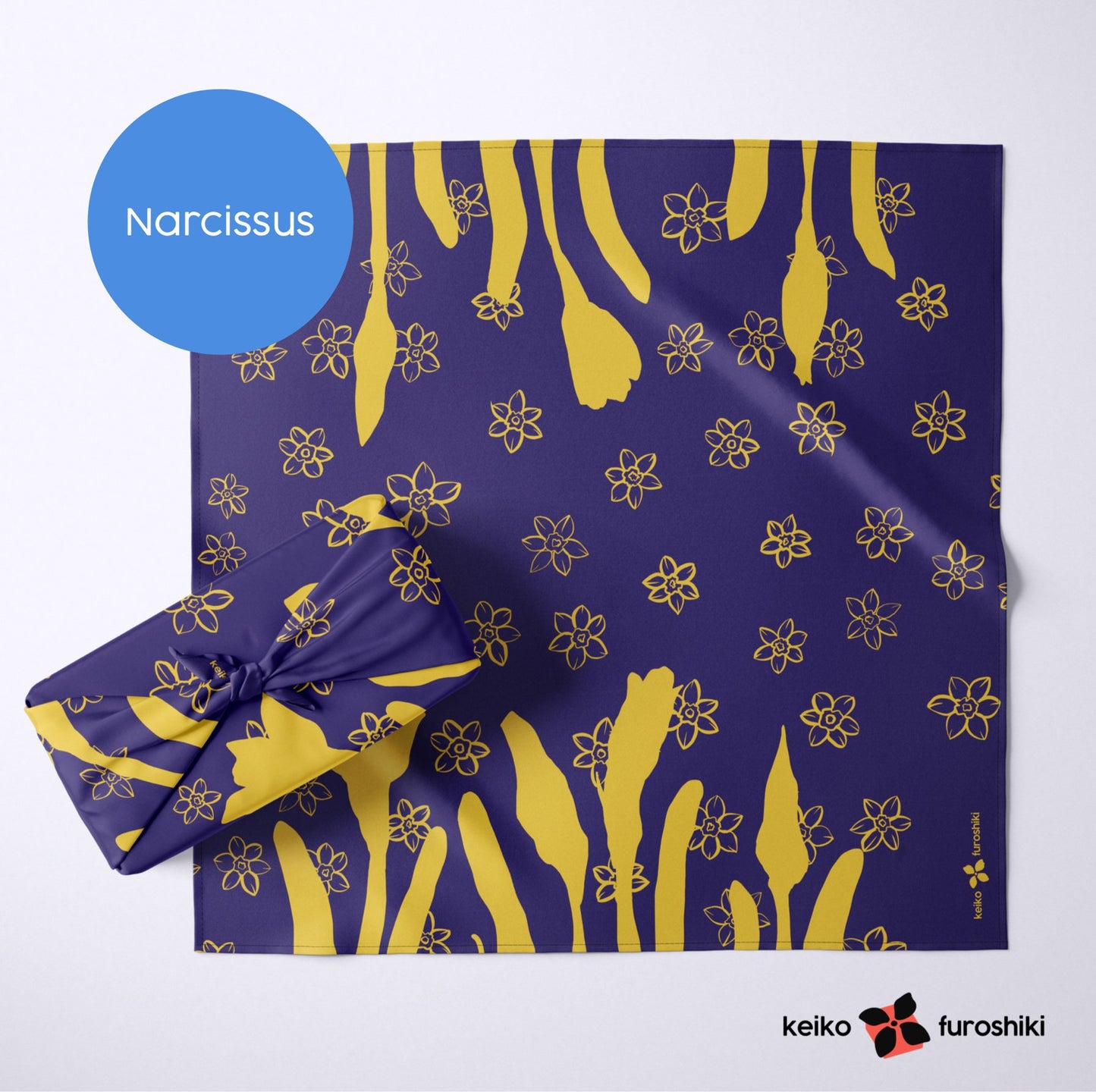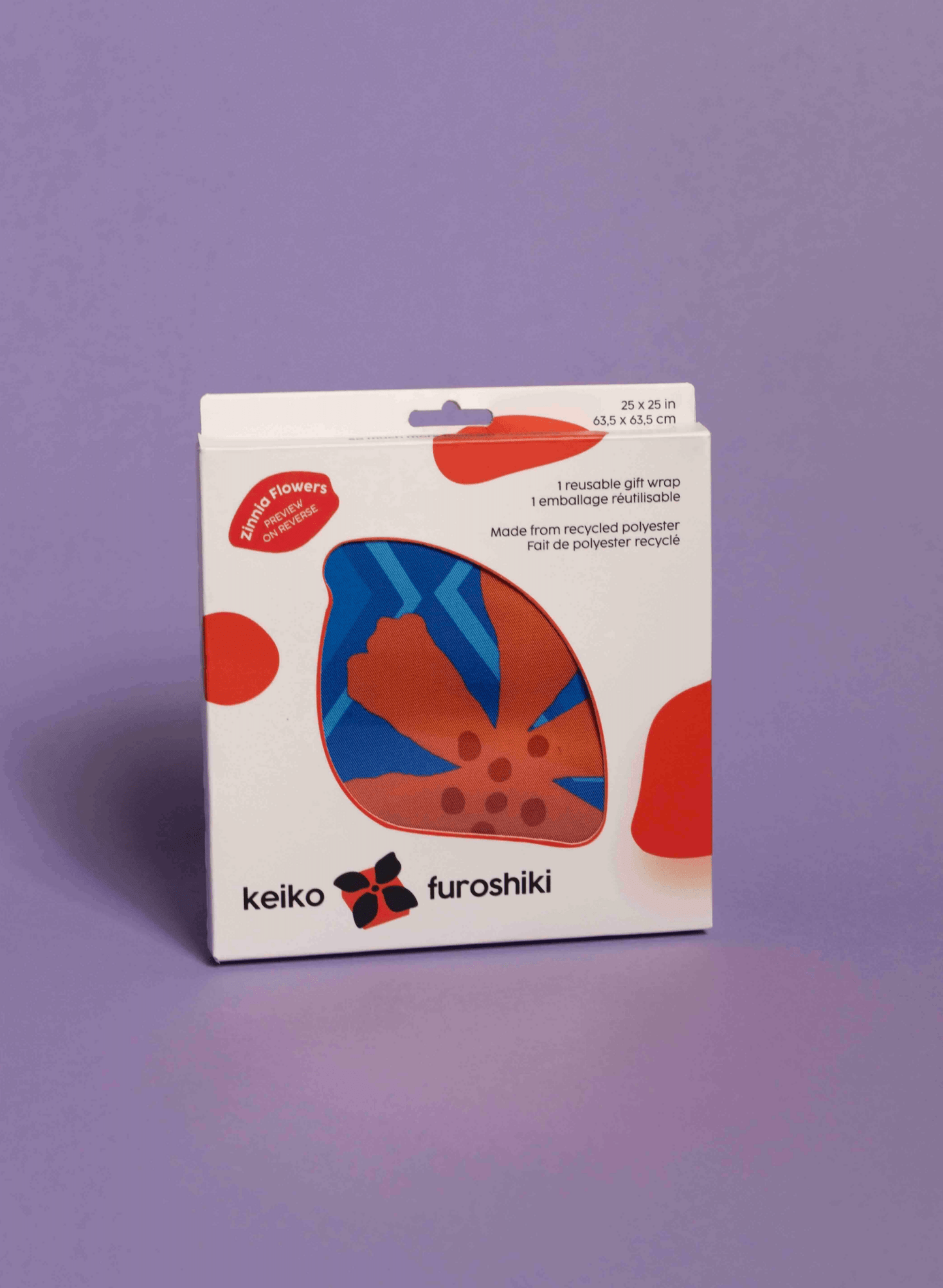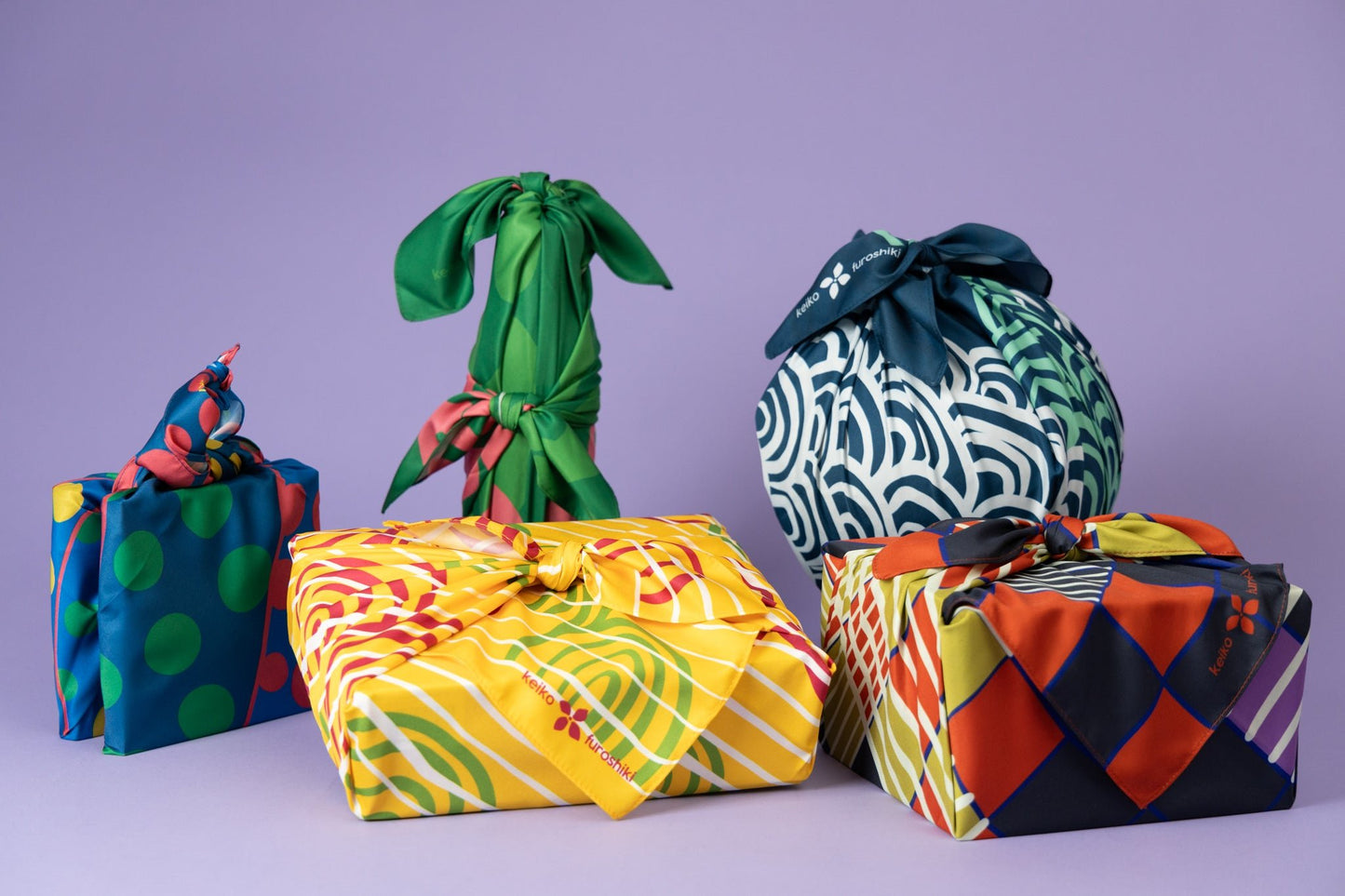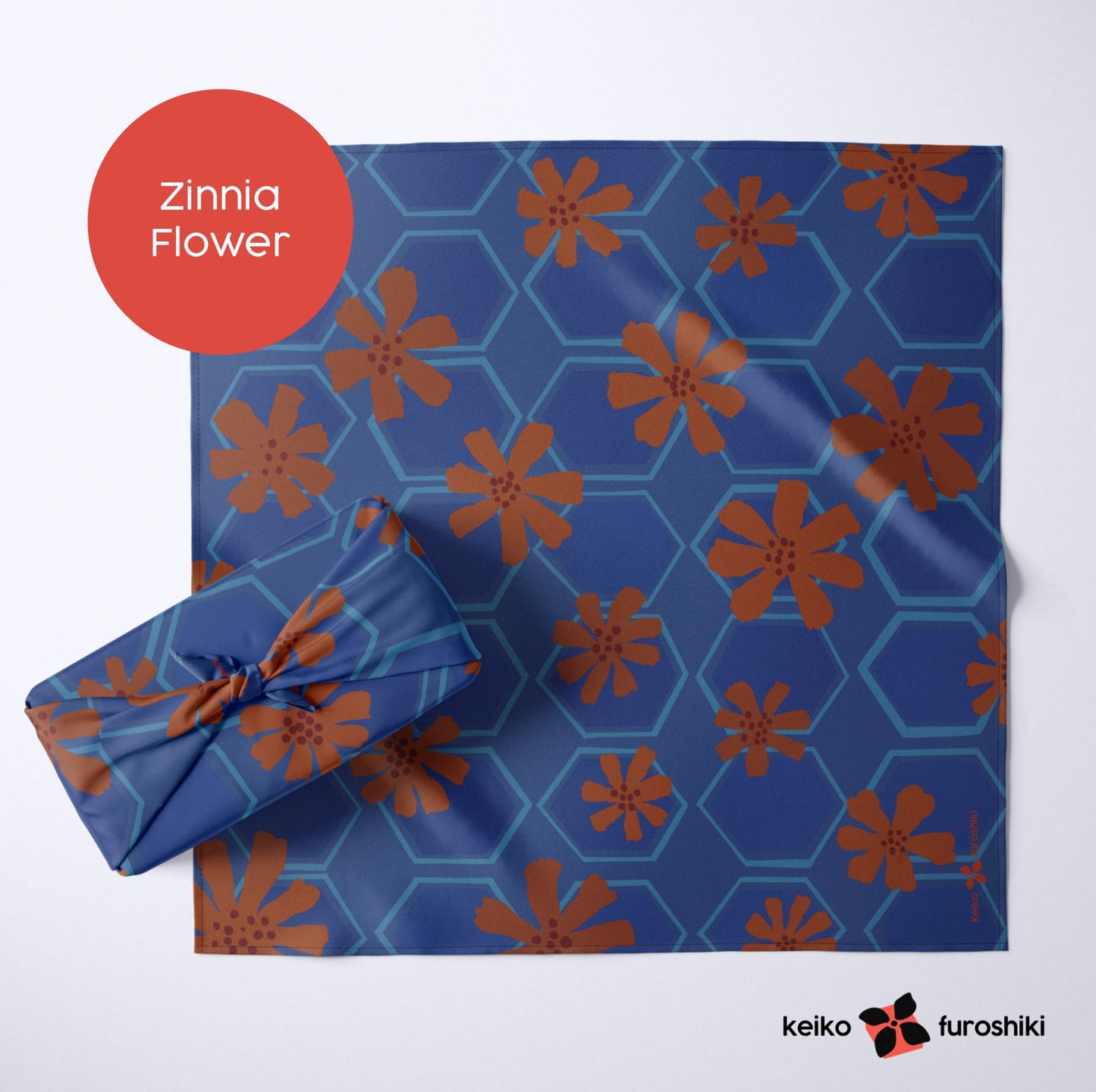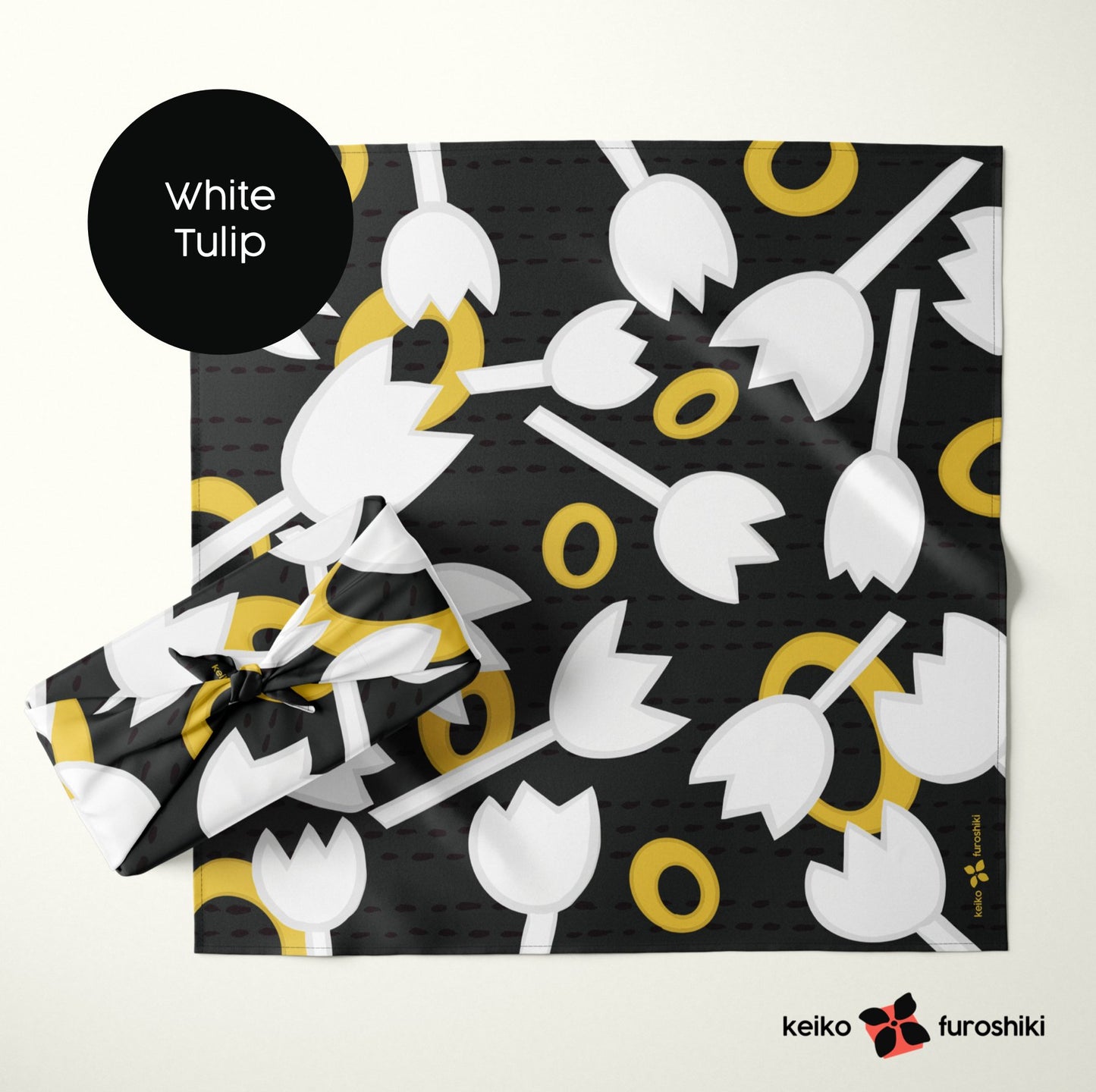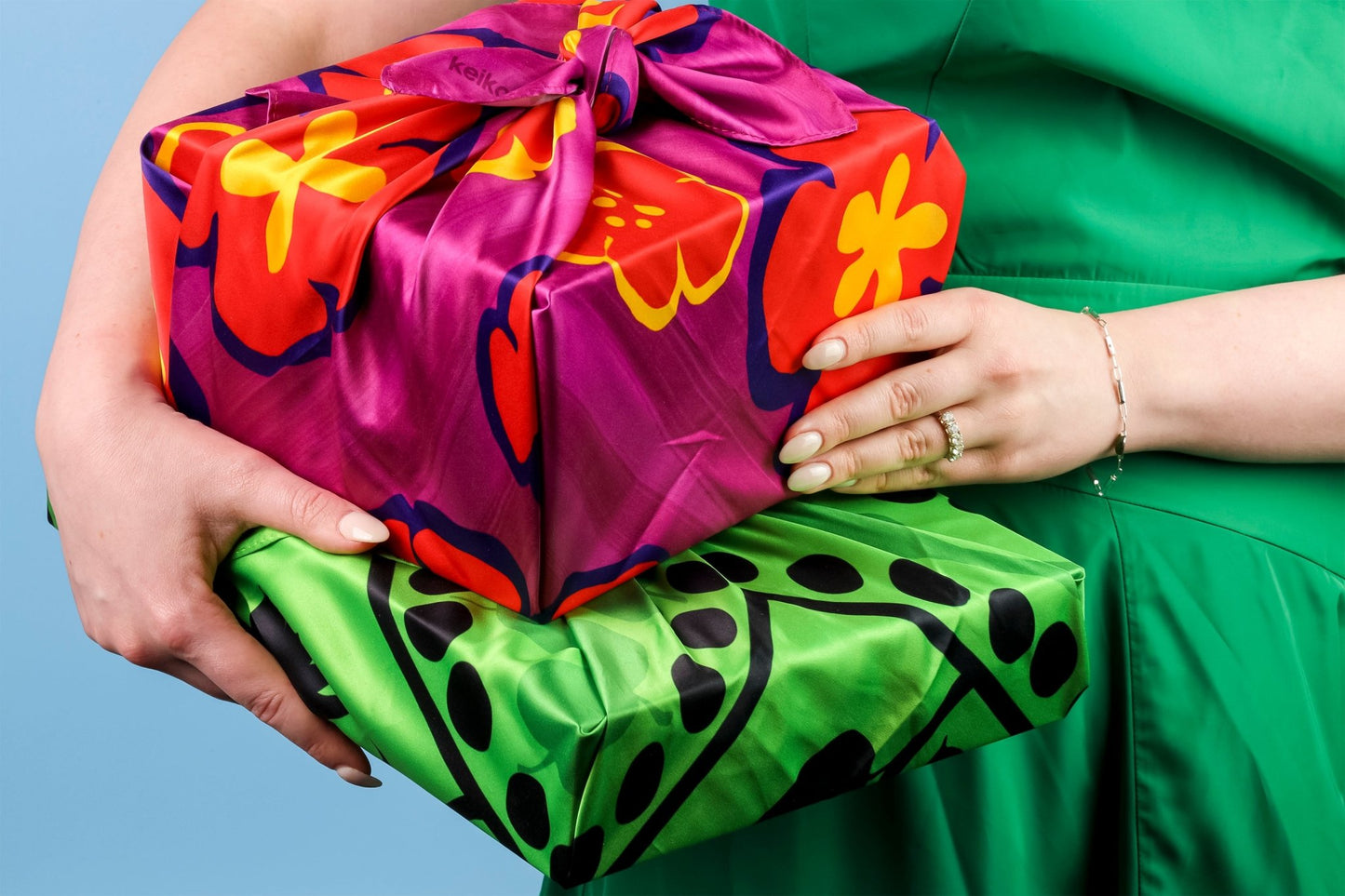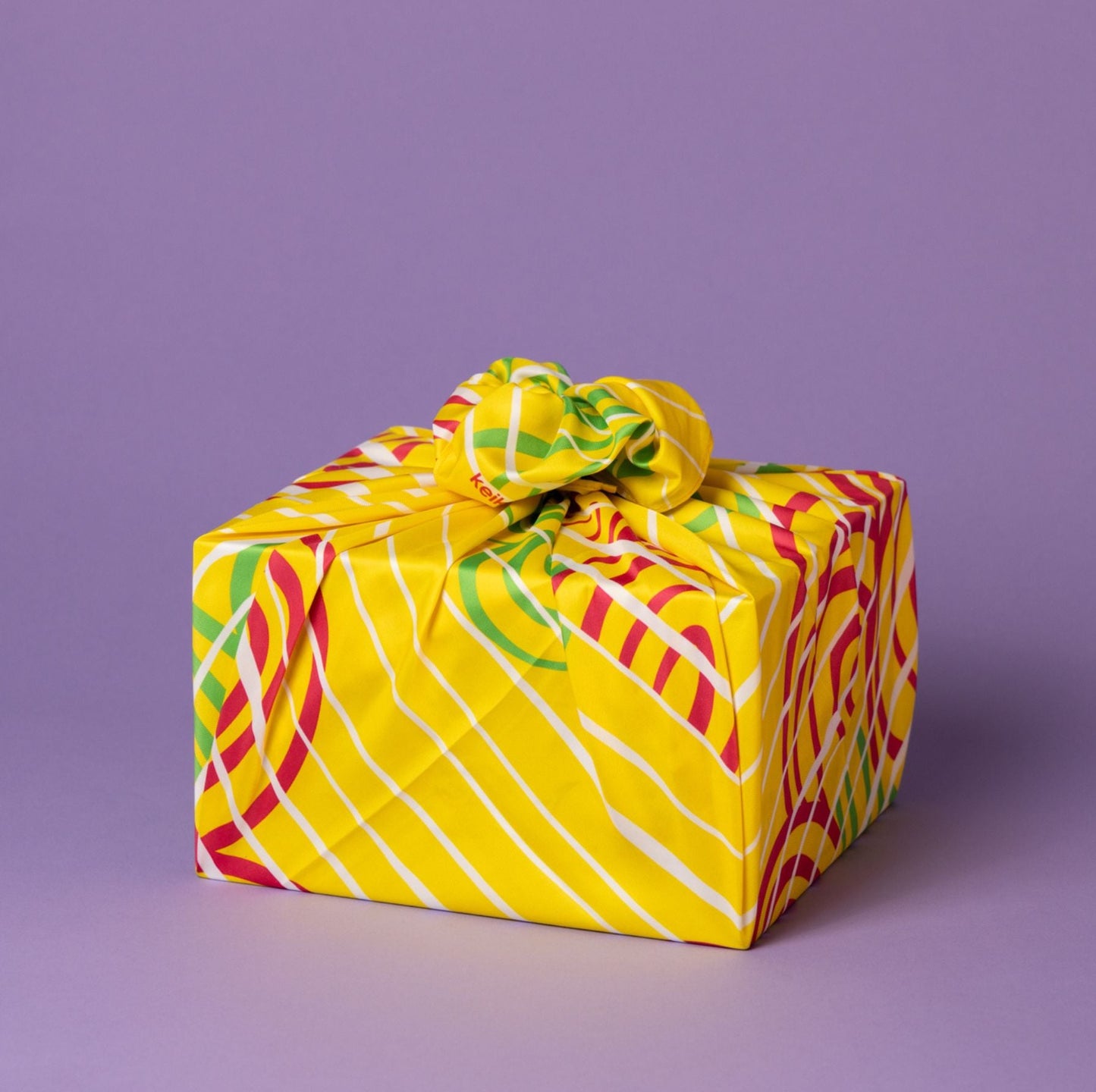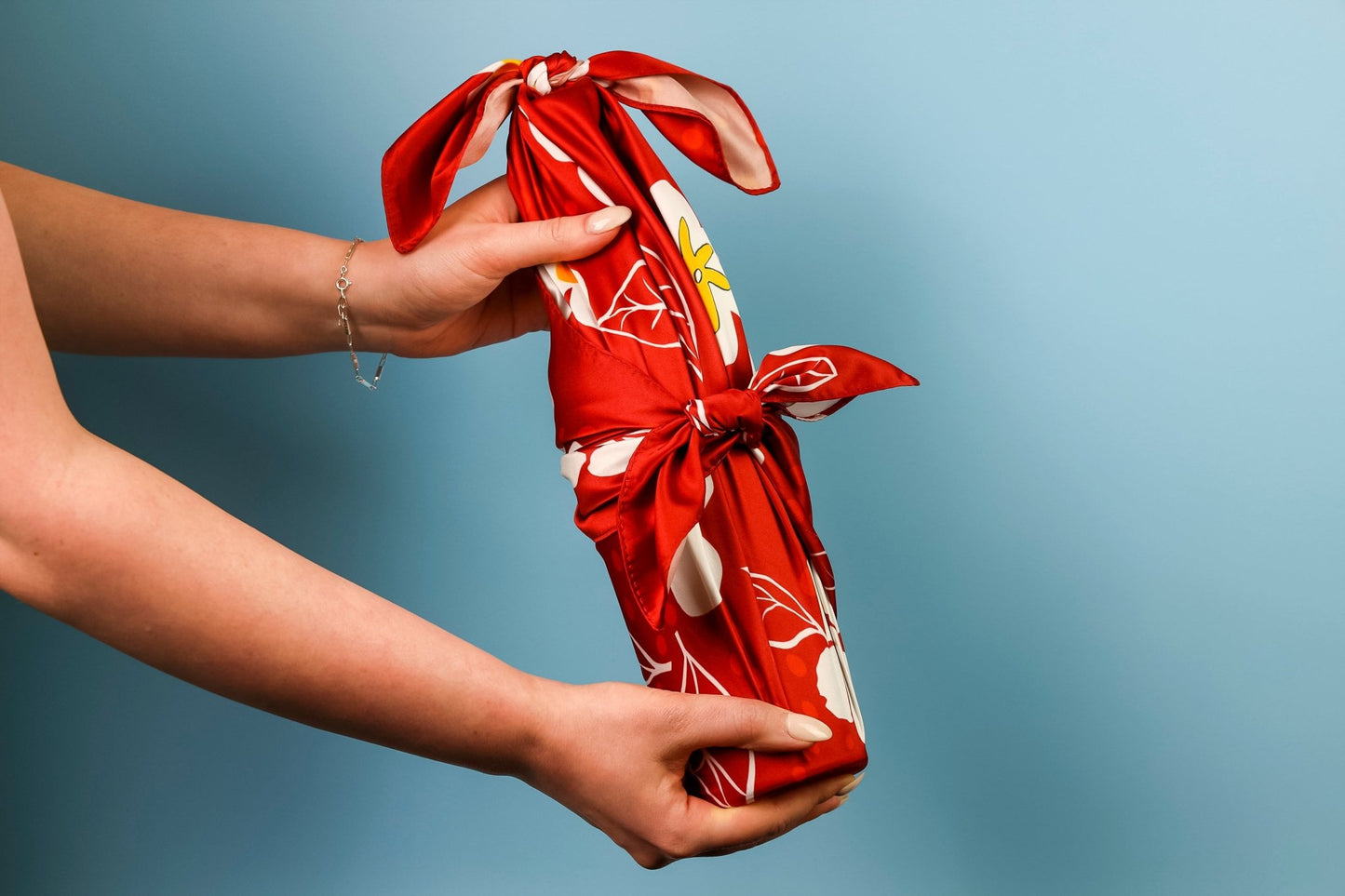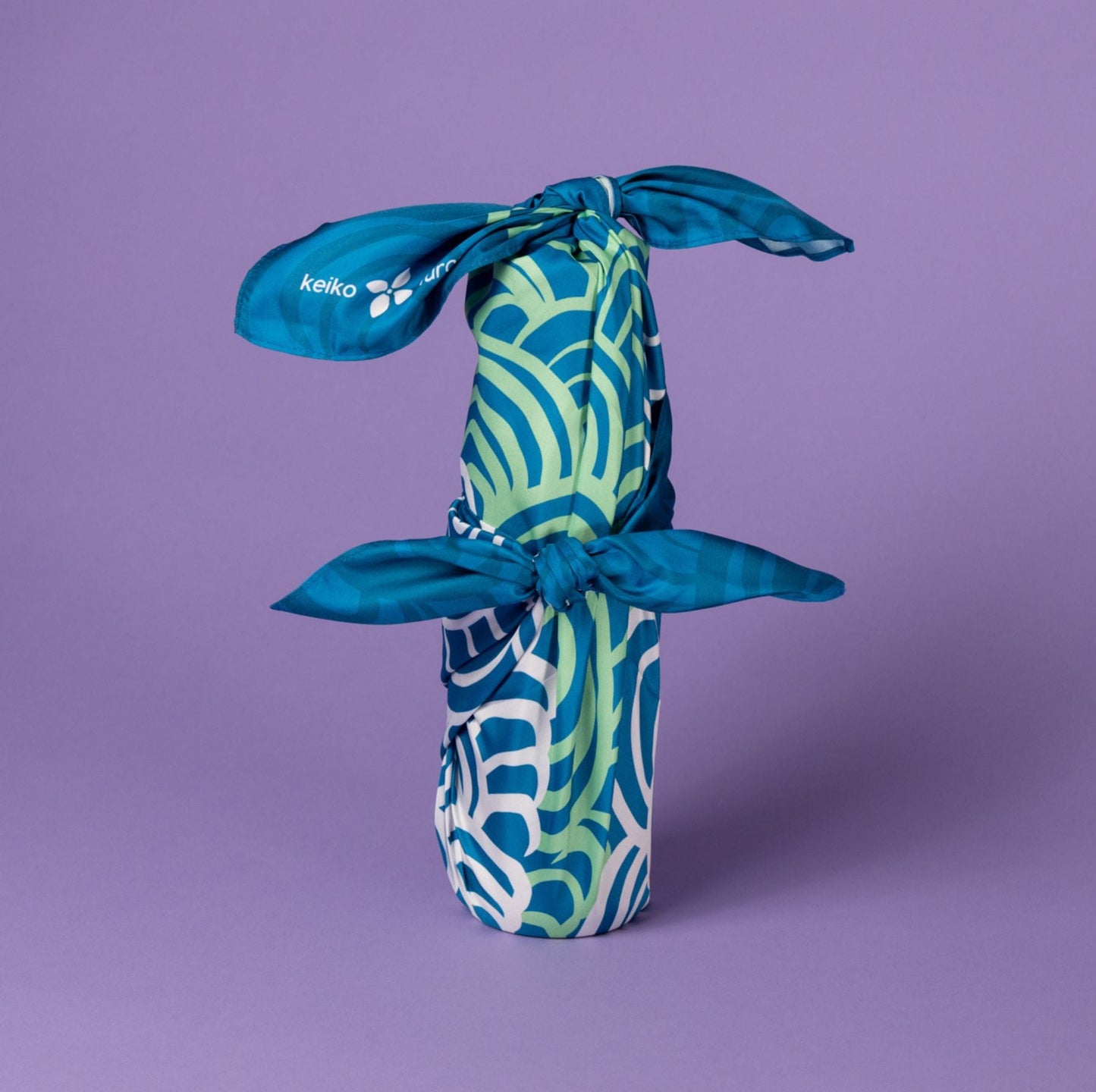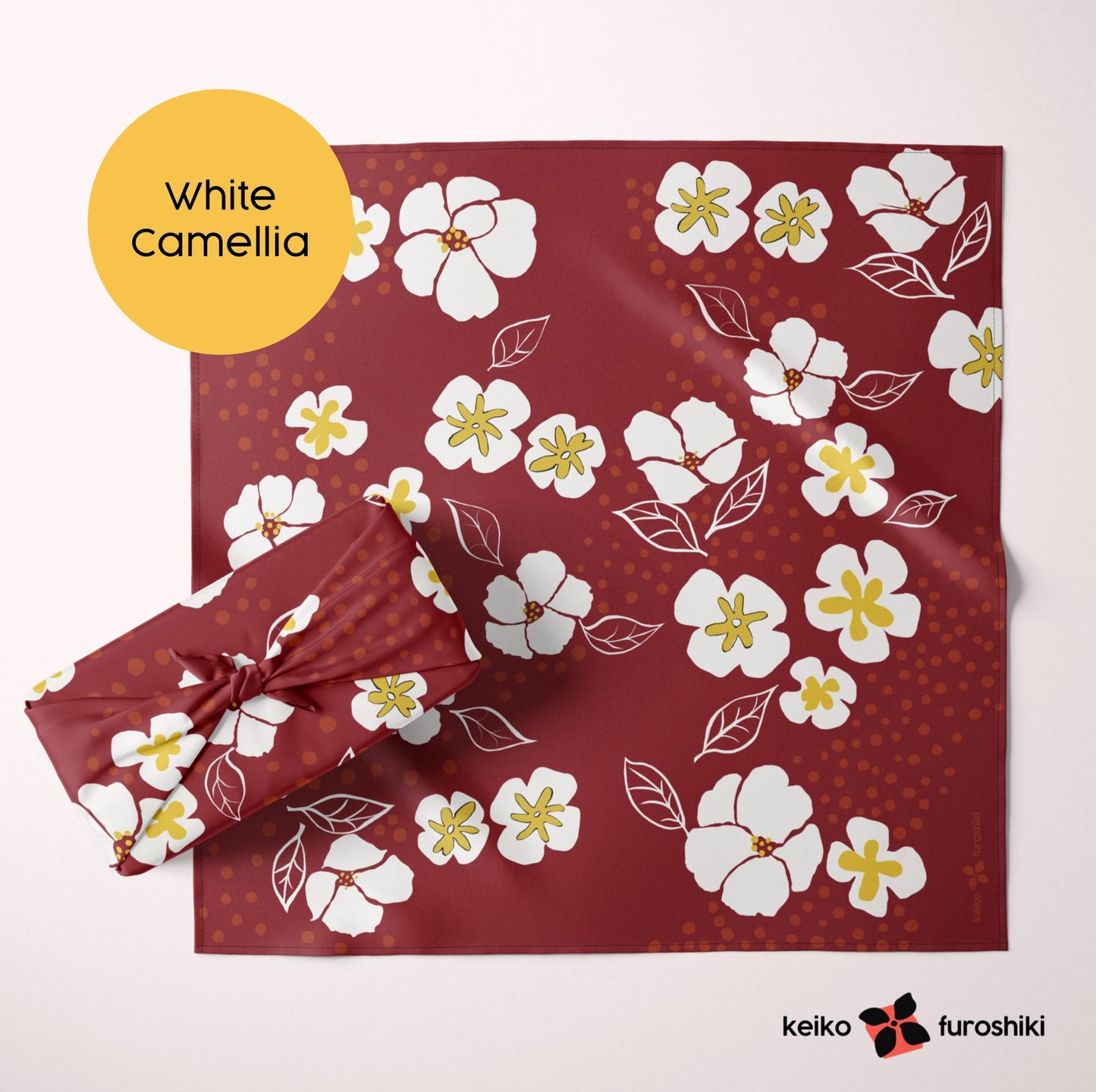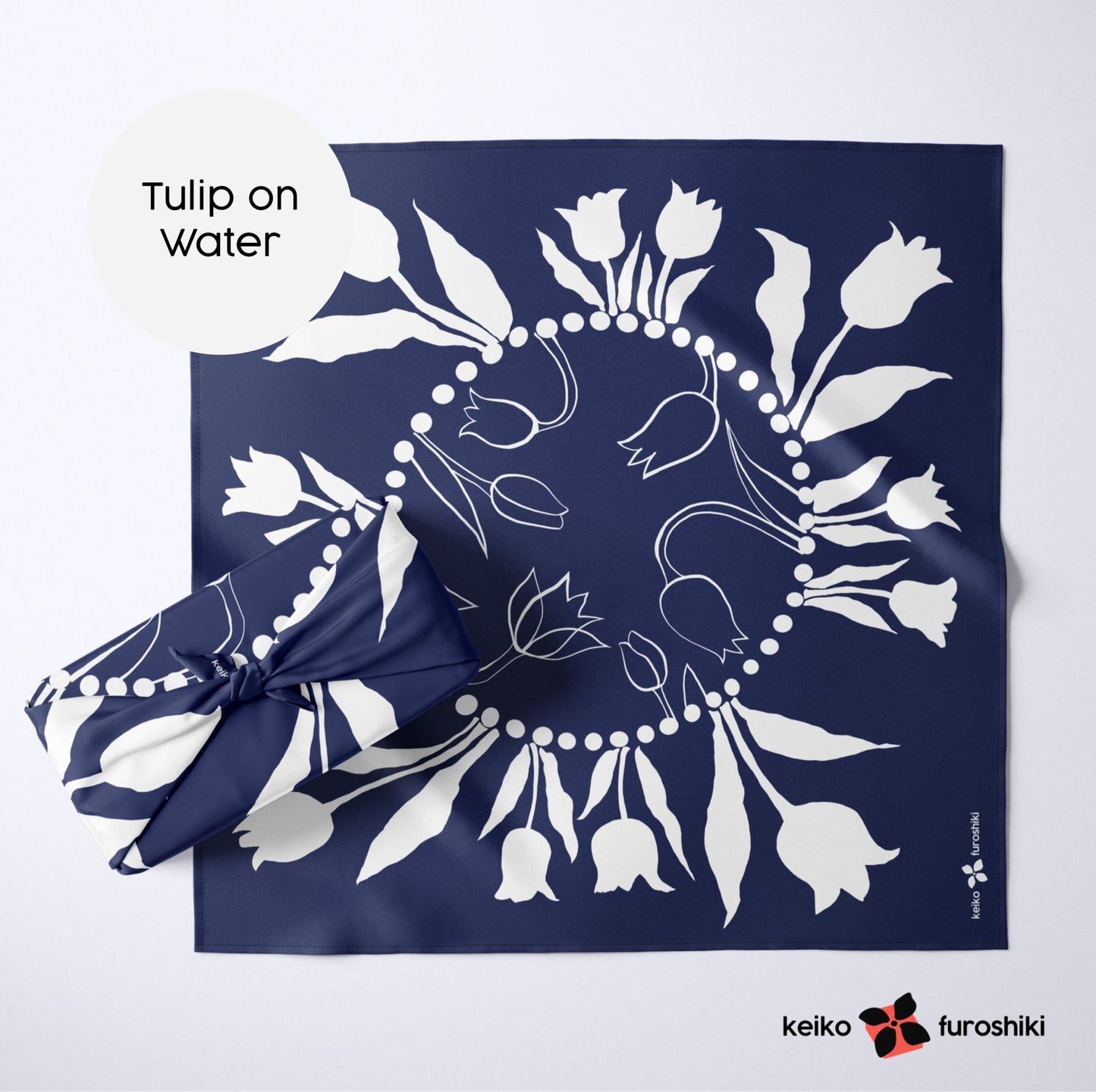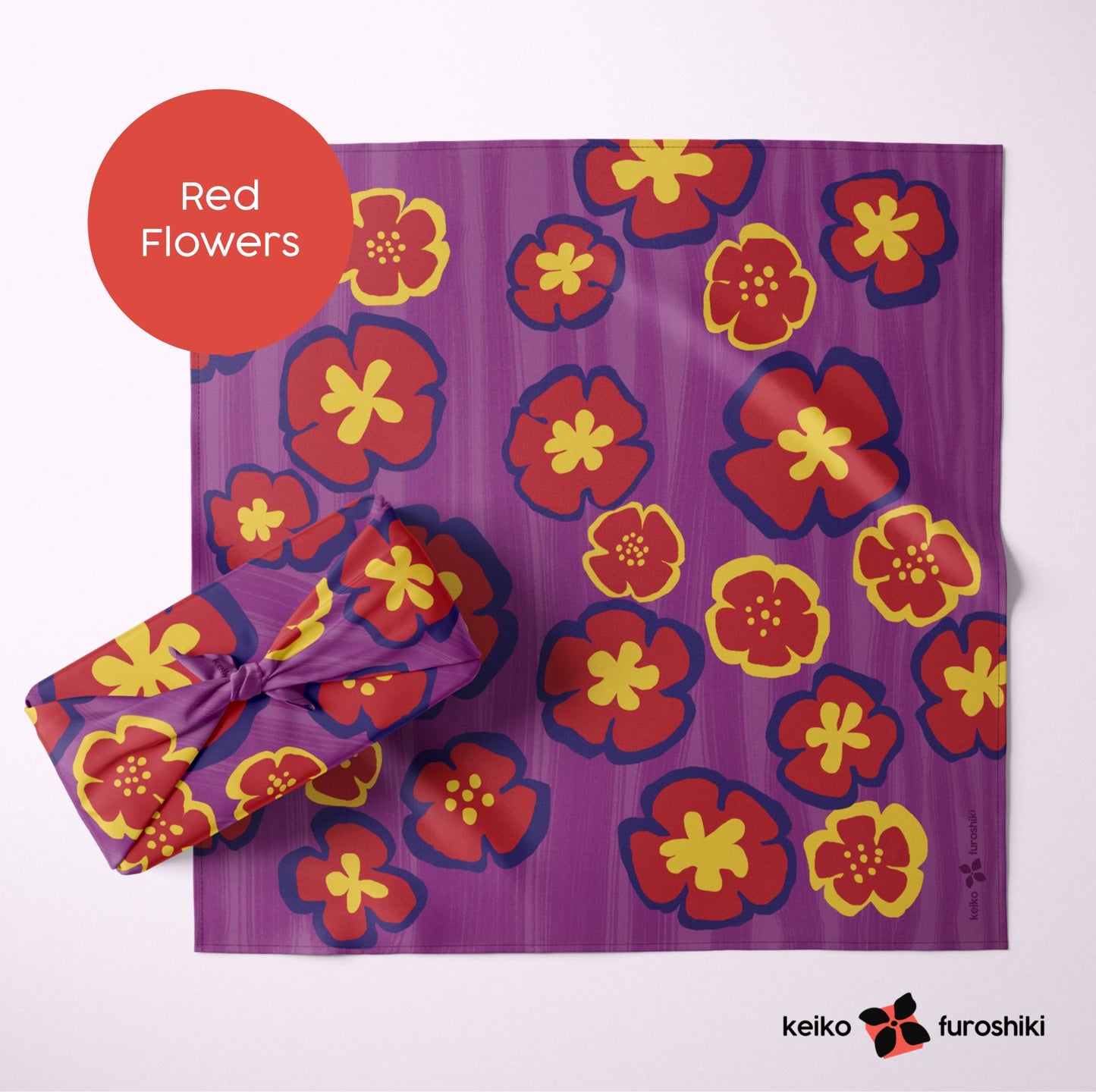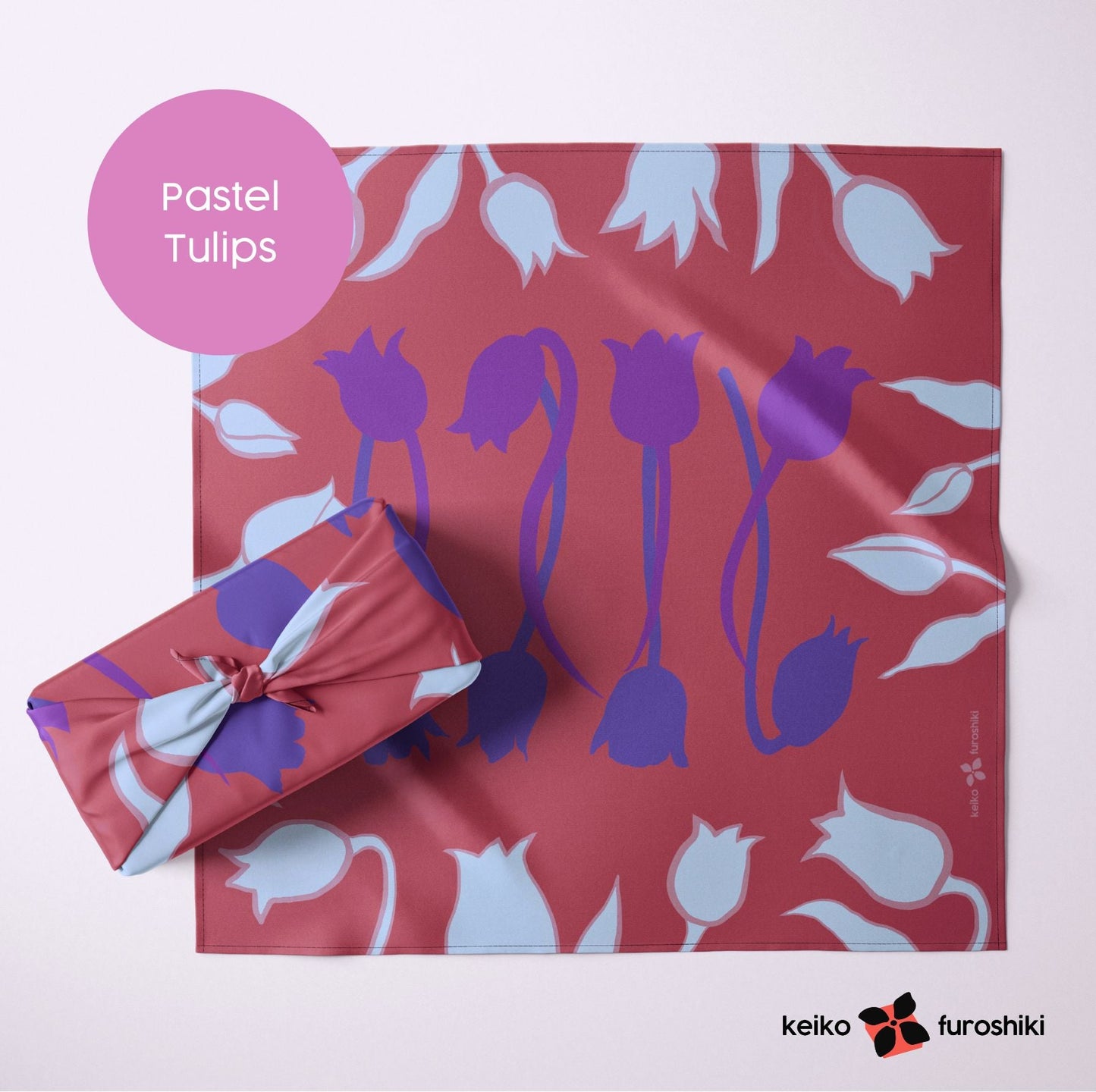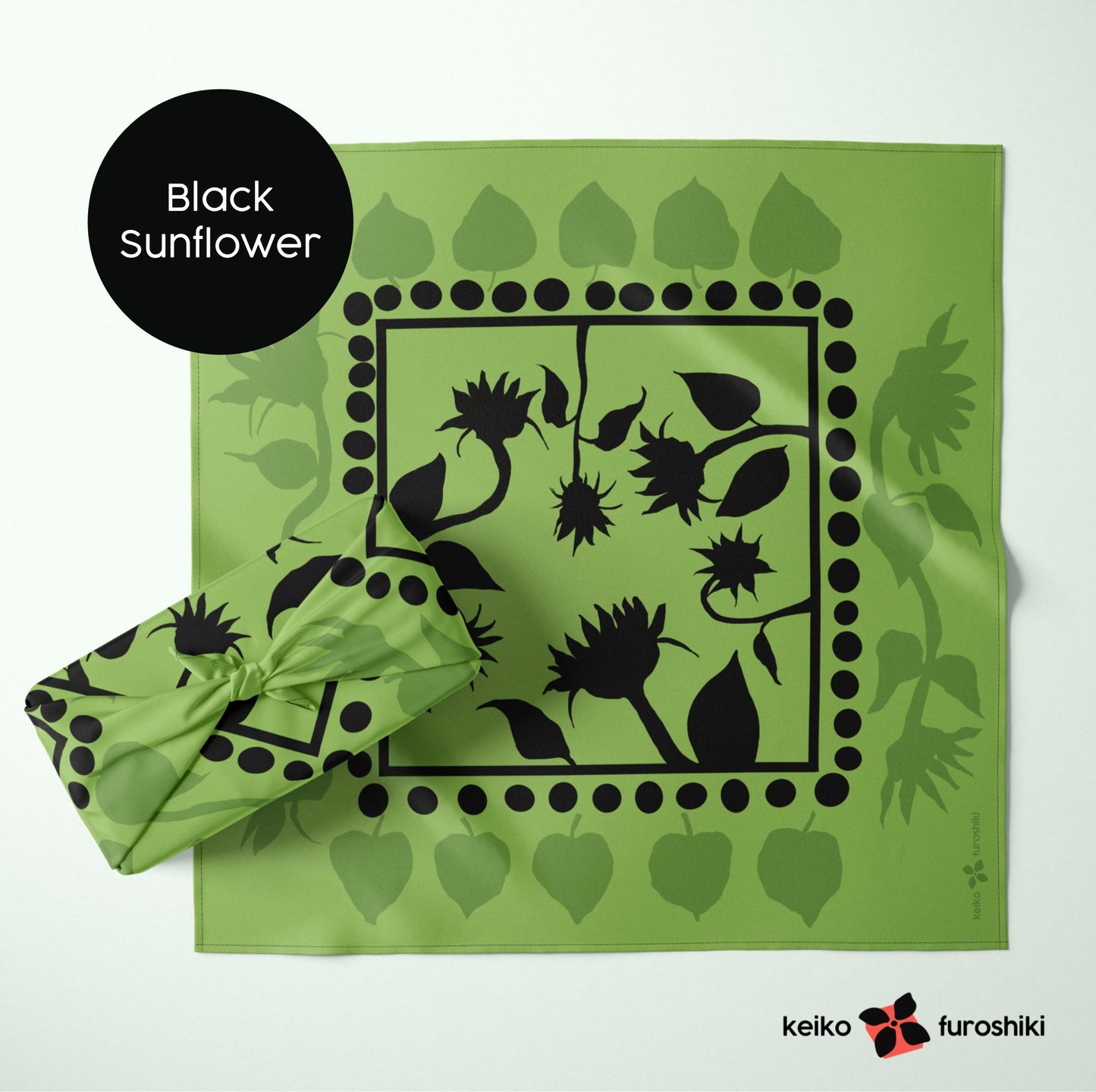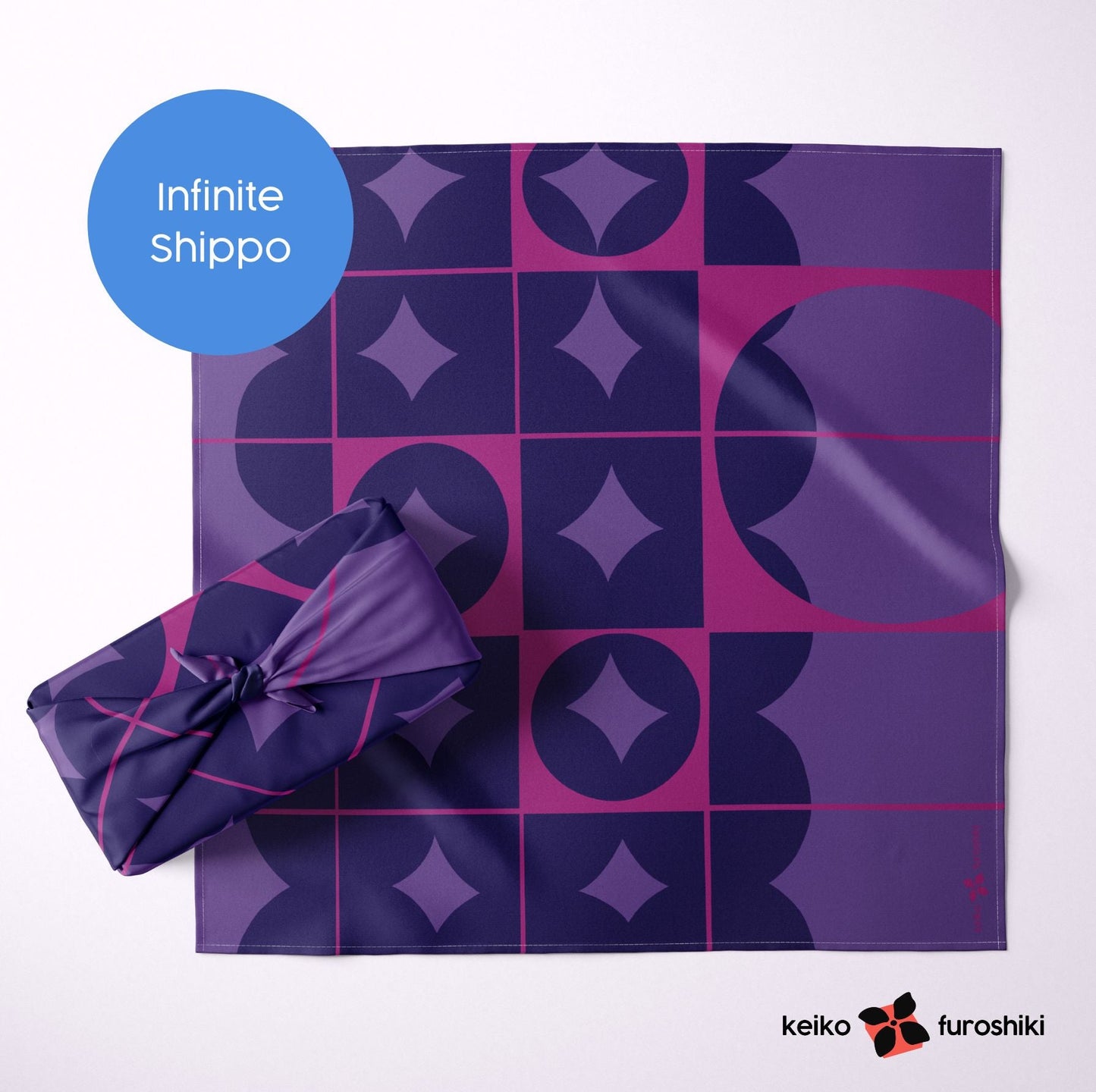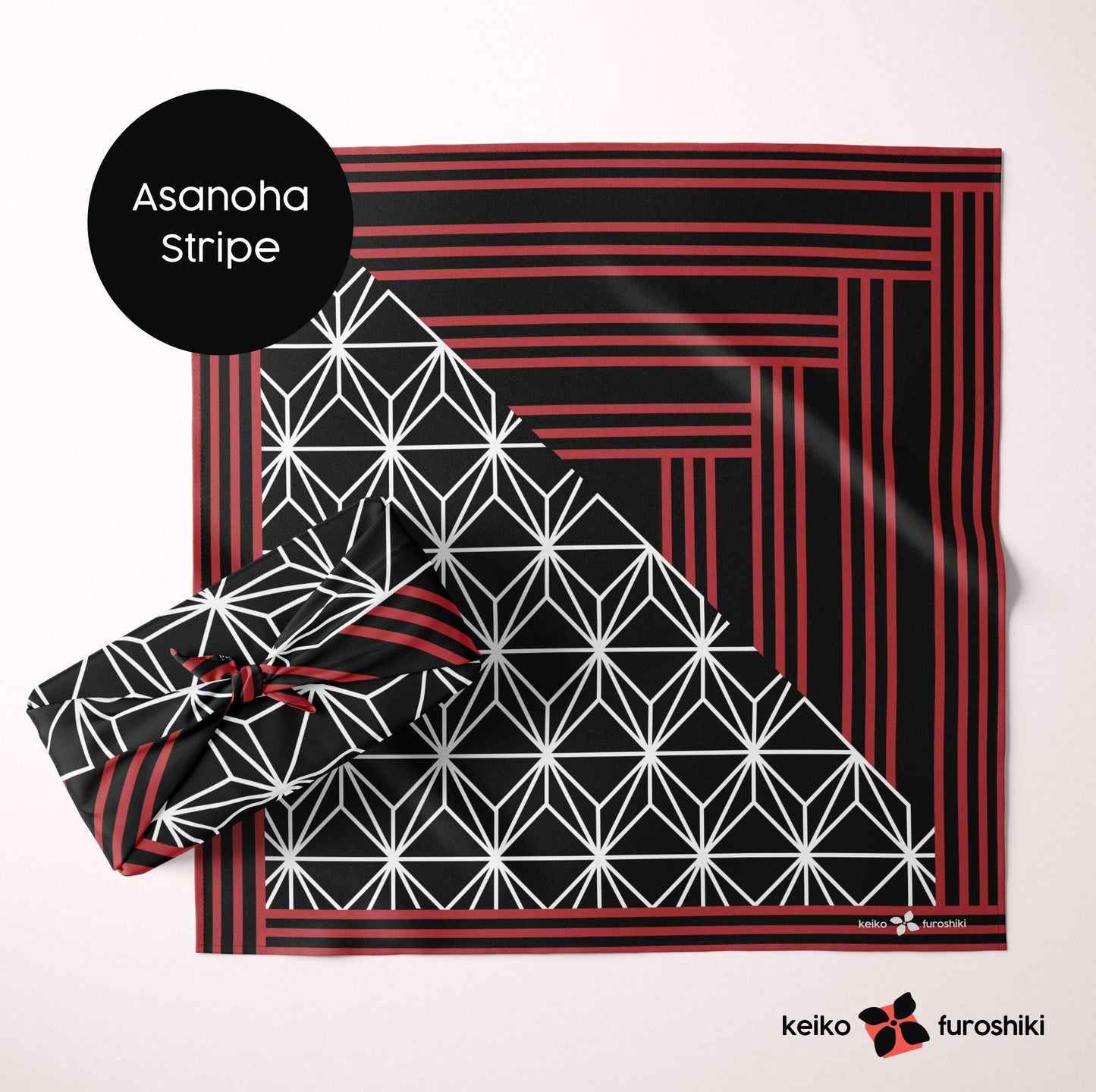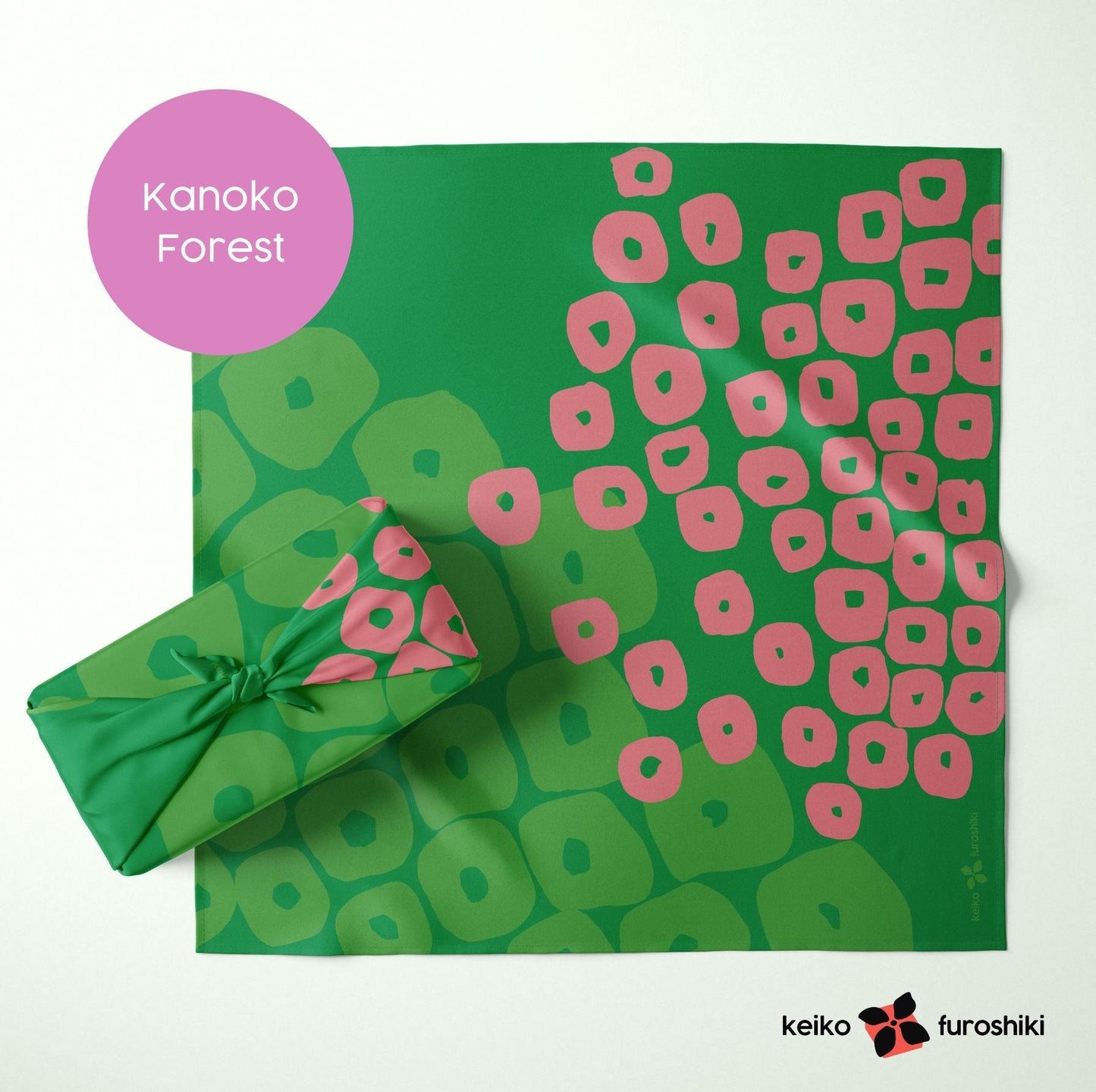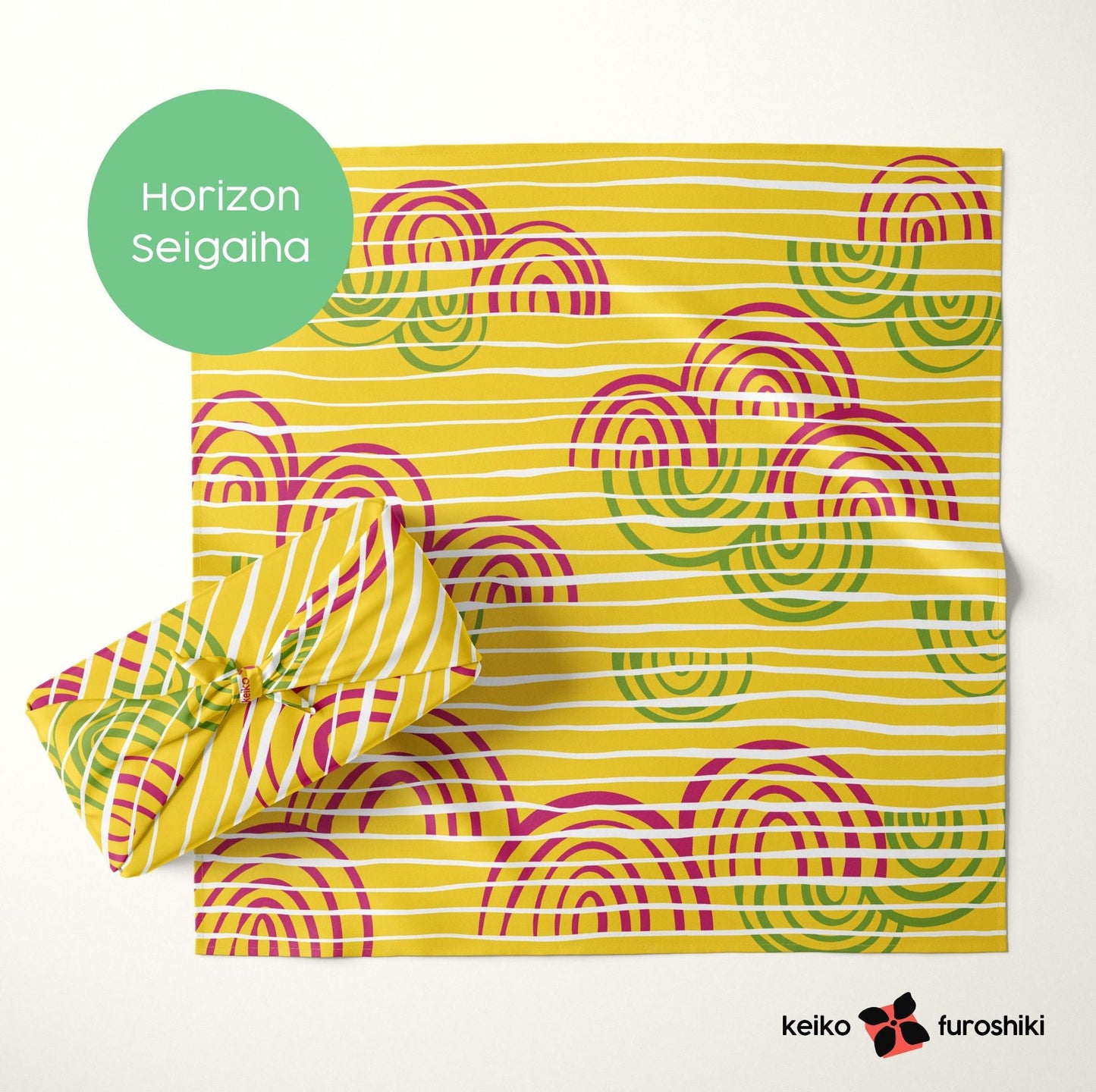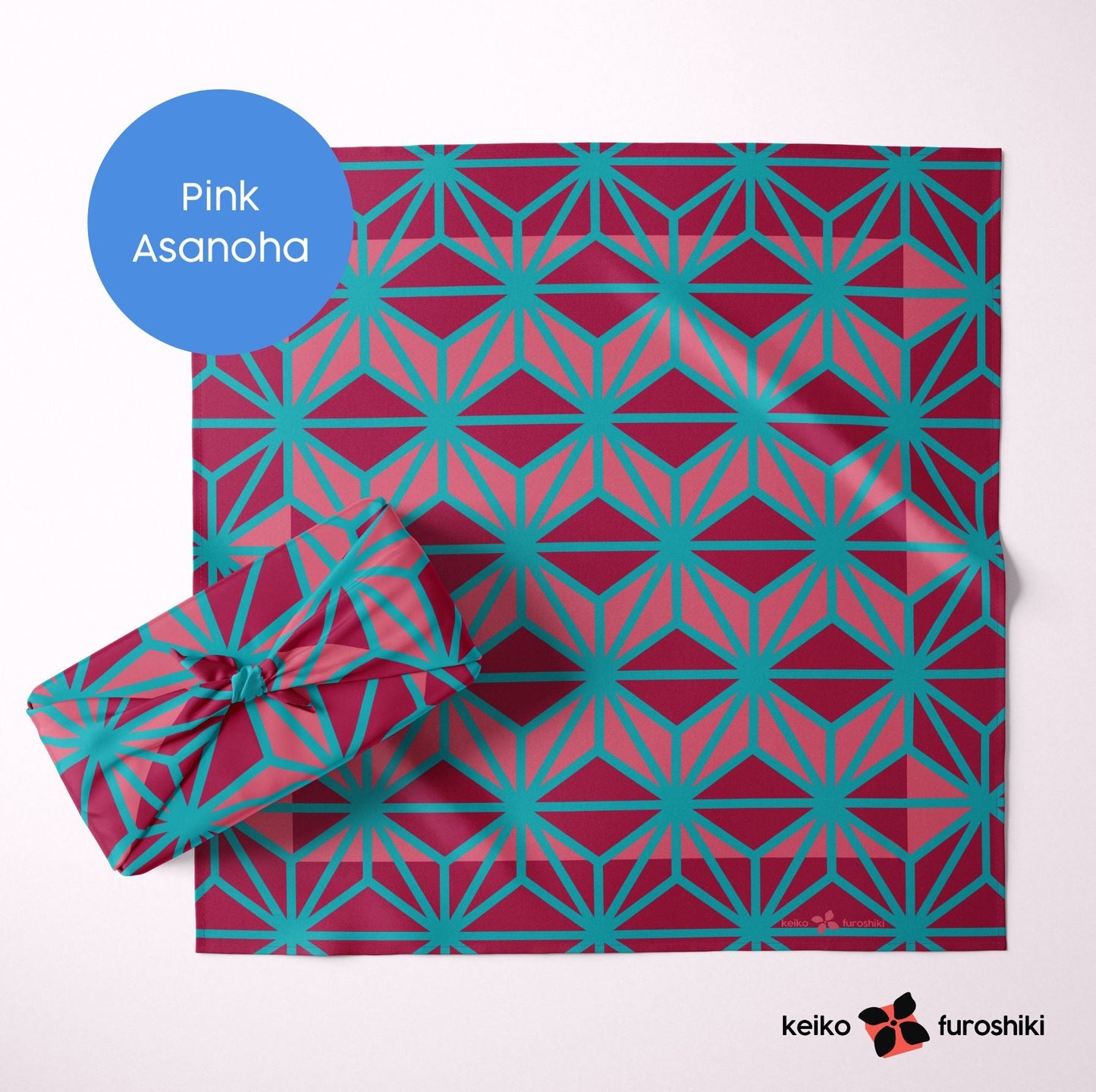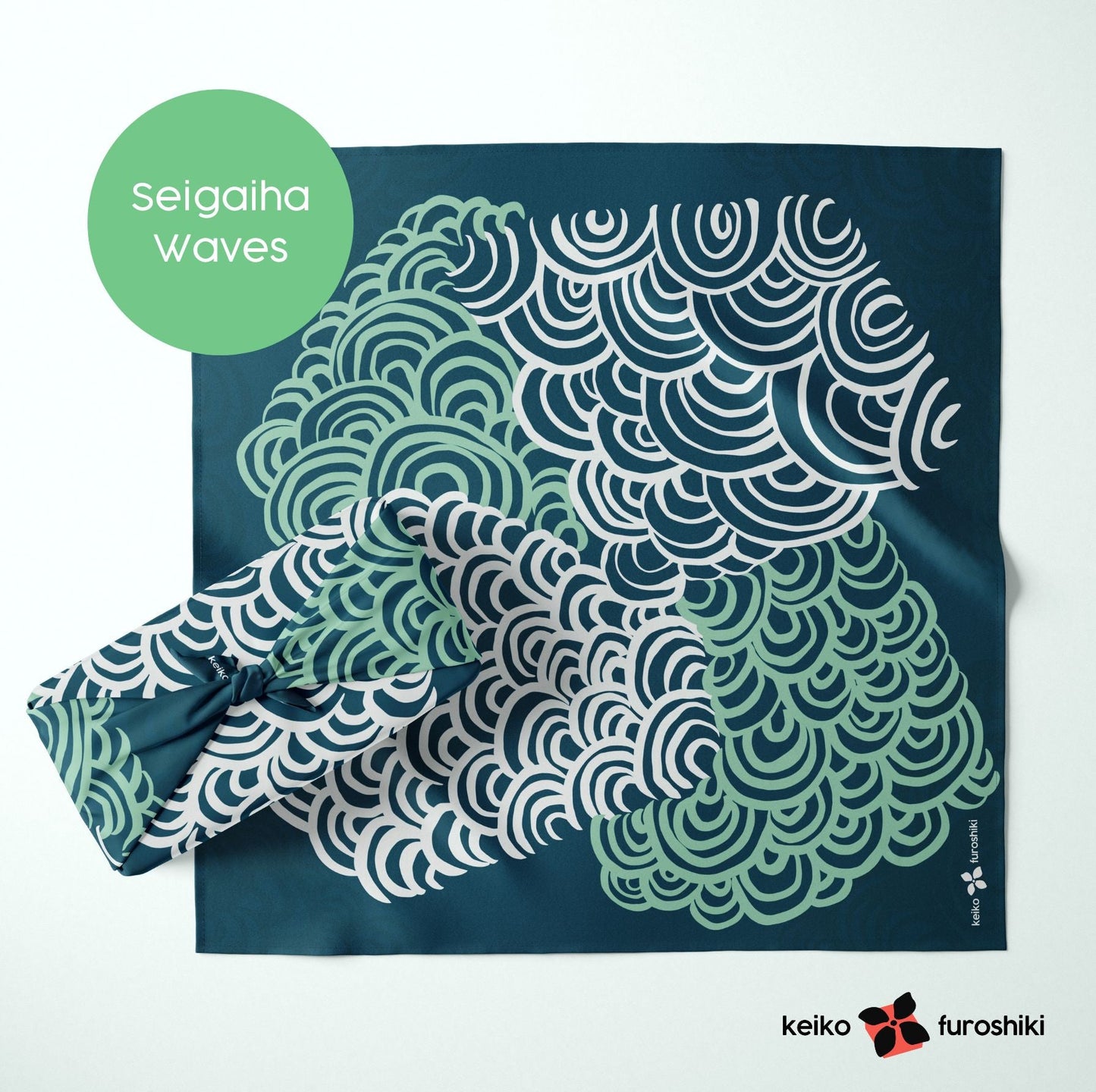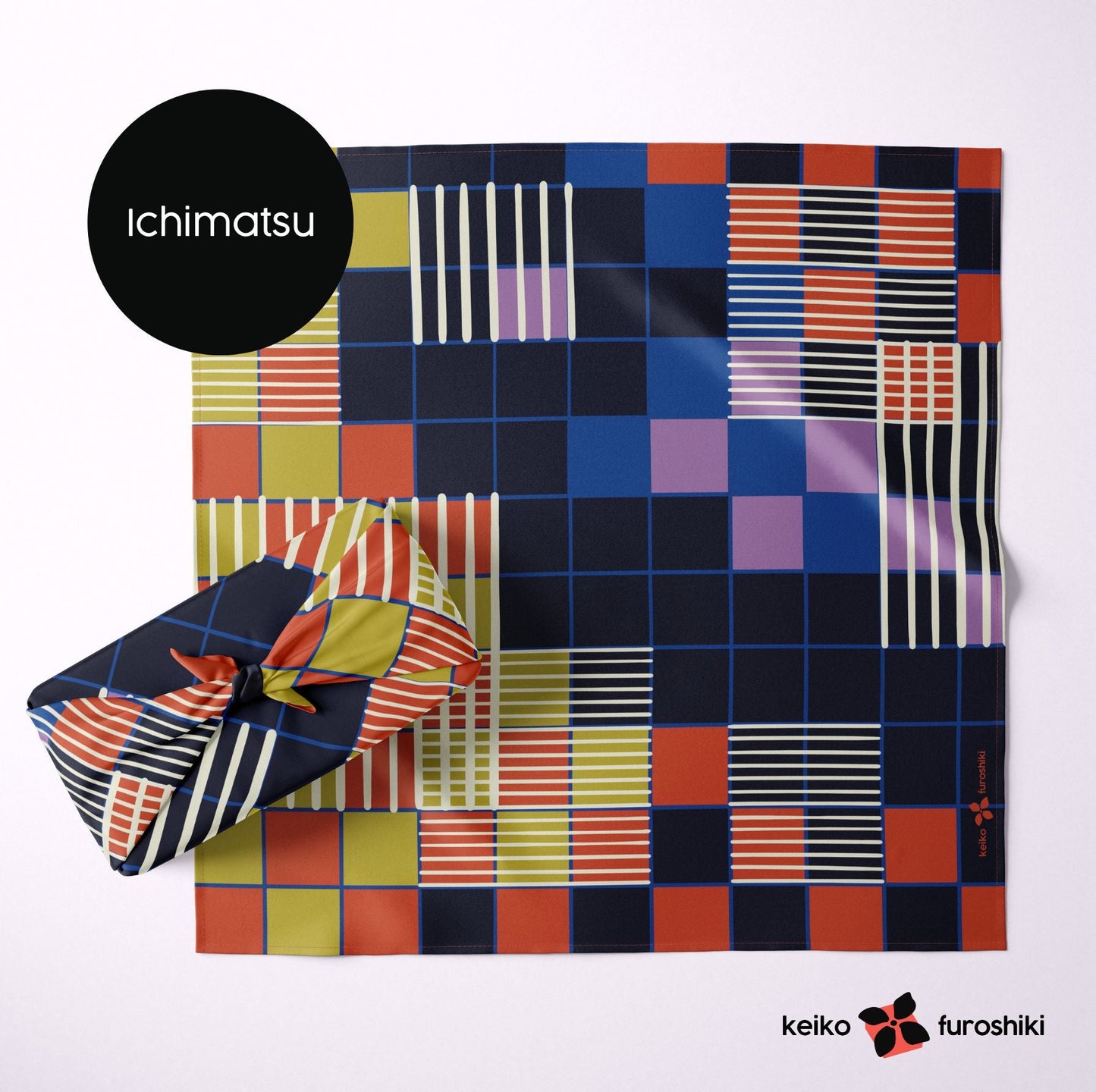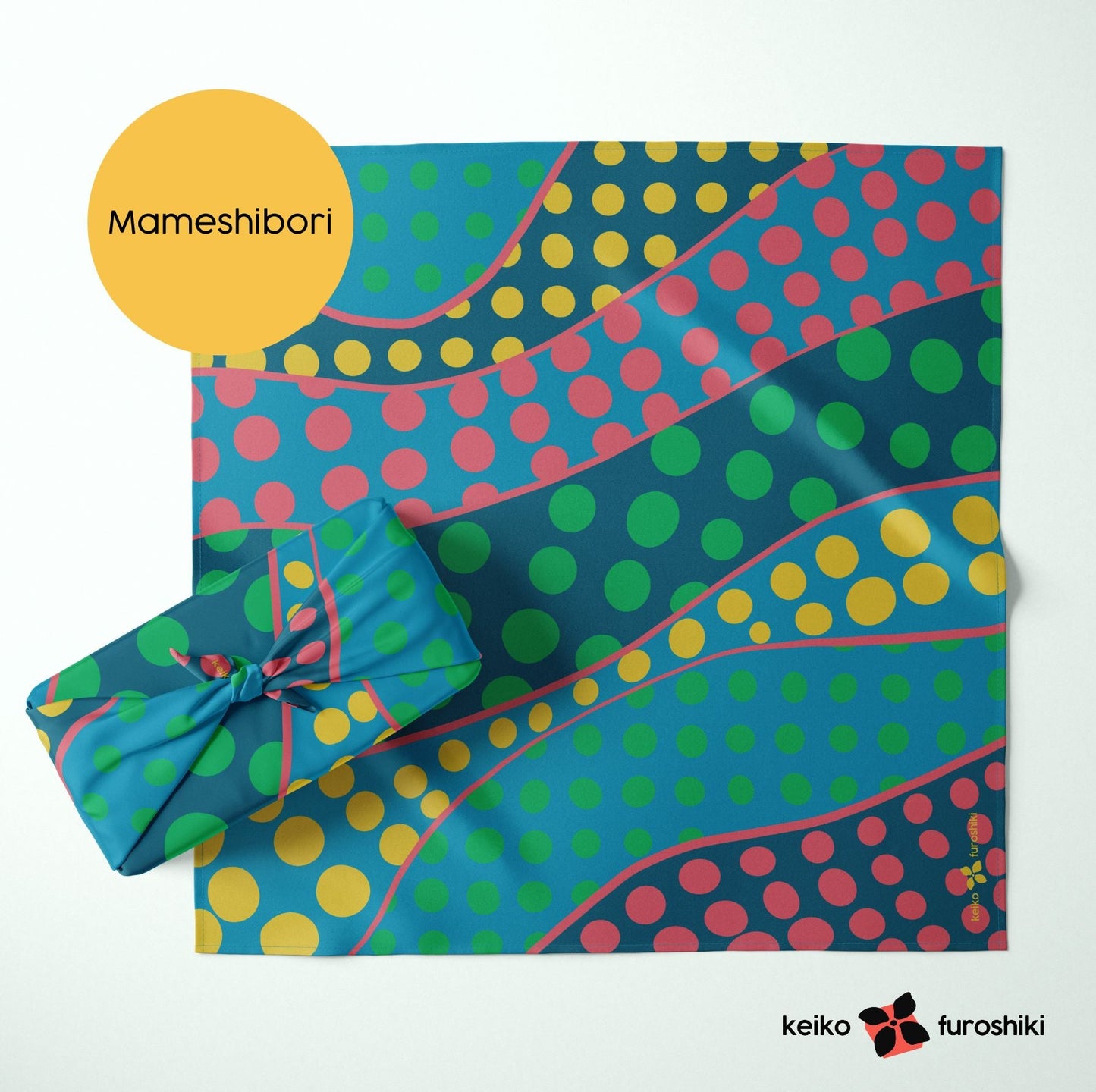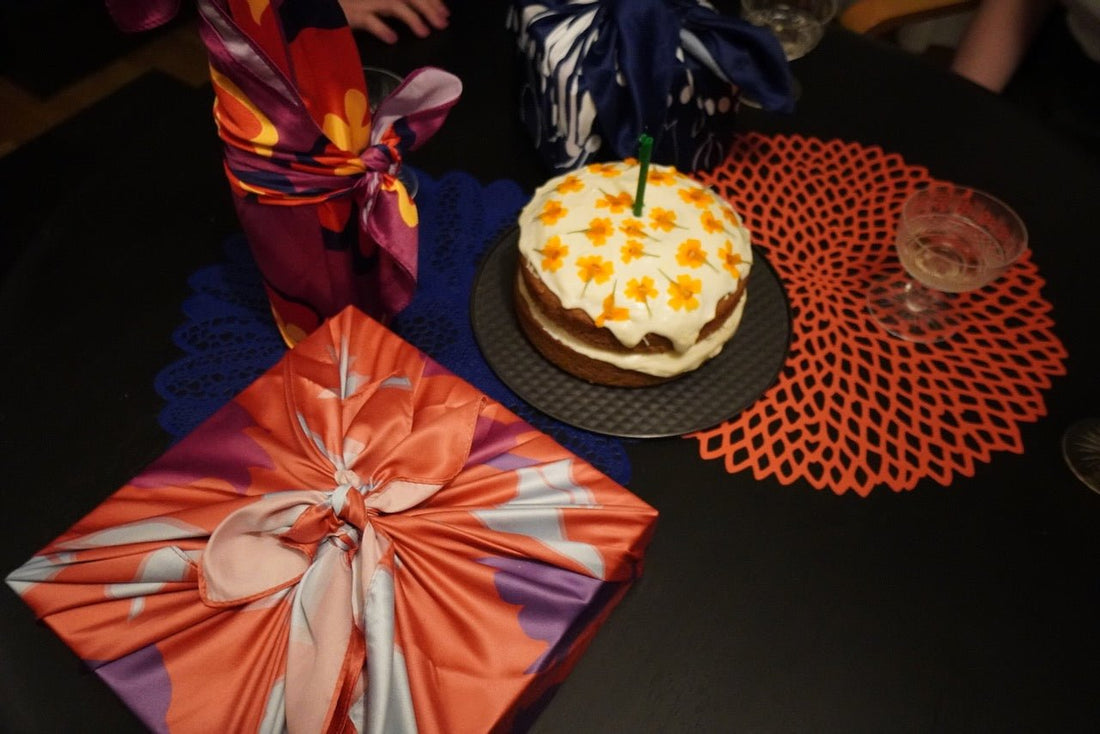
Furoshiki Wrapping Etiquette: 5 Essential Rules to Know
Furoshiki, an ancient Japanese art of fabric wrapping, has transcended generations, evolving into a sustainable and elegant method of gift presentation and practical carrying. Embracing this tradition involves not just mastering the technique but also understanding and respecting its etiquette. To become a furoshiki aficionado, here are the five essential etiquette rules to heed.
1. Respect for the Cloth
The cornerstone of furoshiki etiquette lies in respecting the cloth itself. Traditionally made from silk or cotton, but more modern furoshiki are made from durable and stain-resistant polyester. Furoshiki cloth ranges in size, color, and pattern, each with its unique significance. To honor this art form, handle the cloth with care, keeping it clean and well-maintained. Avoid placing it on the ground or in dirty areas, as this respects the tradition and craftsmanship behind each piece.
Moreover, understanding the cloth's symbolism can elevate your wrapping experience. Different patterns and motifs hold diverse meanings, from celebratory designs to those denoting good luck or harmony. By familiarizing yourself with these symbols, you can choose the appropriate cloth for the occasion, adding depth and significance to your furoshiki presentation.
When selecting a furoshiki cloth, opt for sustainable materials such as polyester made from recycled materials. Using environmentally conscious materials aligns with the essence of furoshiki—harmony with nature and sustainability.

2. Mastering the Techniques
Beyond aesthetics, mastering the various furoshiki wrapping techniques demonstrates a commitment to the art's intricacies. Whether it's the simple Yotsu Musubi or the more intricate Bin Tsutsumi, understanding these techniques showcases your dedication to preserving this cultural tradition.
Practice and precision are key. Take the time to learn different folding methods and tying styles to adapt to various shapes and sizes of items you wish to wrap. This expertise not only ensures a beautiful presentation but also showcases your reverence for the art form.
Additionally, embracing creativity within the framework of traditional techniques is encouraged. Experiment with different folds and knots to infuse your personal touch while still upholding the essence of furoshiki.

3. Mindful Gifting Practices
Furoshiki isn’t just about wrapping; it’s about the thoughtful act of gifting. Understanding proper gifting etiquette is essential when using furoshiki. Selecting a thoughtful and suitable gift demonstrates your consideration for the recipient.
Consider the recipient's tastes, preferences, and any cultural sensitivities when choosing the gift. Moreover, ensure the item is appropriate for the occasion, as furoshiki often symbolizes care and respect for both the gift and the recipient.
When presenting a furoshiki-wrapped gift, do so with both hands as a gesture of respect. Additionally, explain the significance of furoshiki if the recipient is unfamiliar with the tradition, enhancing their appreciation for the artistry behind the wrapping.
When gifting an item wrapped in a furoshiki, the question people ask is "who keeps the furoshiki?".
In Japanese culture, the act of gift-giving is deeply rooted in the concept of reciprocity and respect. When someone presents a gift wrapped in a furoshiki, it is customary for the recipient to return the furoshiki to the gift-giver after unwrapping the present. This practice is a symbolic gesture of appreciation and a way of ensuring the cycle of giving and receiving continues.
However, in the context of Western gift-giving practices, we recommend gifting it away permanently and encouraging the recipient to pay it forward and gift it to the next person. You can download one of our print-at-home gift tags with a QR code that links to our wrapping tutorials.
4. Reusability and Sustainability
An integral aspect of furoshiki etiquette is its emphasis on sustainability. Unlike conventional wrapping paper that often ends up in landfills, furoshiki promotes reusability. Encourage recipients to reuse the cloth for their own wrapping or repurpose it for various purposes, contributing to a sustainable lifestyle.
Educate others on the eco-friendly nature of furoshiki, emphasizing its role in reducing waste and environmental impact. By advocating for the reuse of furoshiki cloths, you contribute to a more eco-conscious and sustainable society.
5. Care and Preservation
Preserving the longevity of your furoshiki cloths ensures their continued use and beauty. Proper care involves gentle washing with mild detergent and air drying to maintain the fabric's quality. Avoid harsh chemicals and machine drying to prevent damage to the delicate material.Moreover, store your furoshiki cloths in a clean and dry environment, away from direct sunlight to prevent fading. Folding them neatly when not in use prevents creases and preserves their pristine appearance for future use.
In conclusion, embracing furoshiki wrapping goes beyond just mastering the technique; it involves honoring its etiquette, understanding its cultural significance, and advocating for sustainability. By respecting the cloth, mastering techniques, practicing mindful gifting, promoting reusability, and caring for your furoshiki, you not only participate in a beautiful tradition but also contribute to a more thoughtful and sustainable way of gift-giving.


